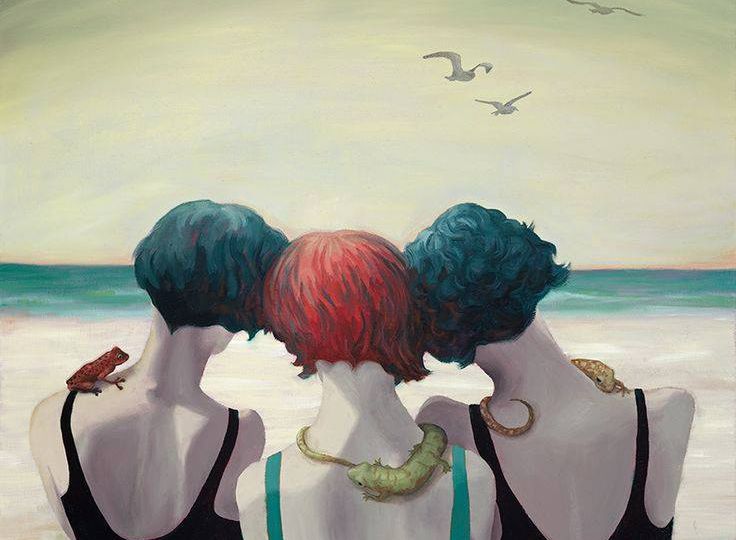

“Humour is a rubber sword – it allows you to make a point without drawing blood.”
Mary Hirsch, humourist
Here’s wishing all our readers a great year 2016!
In a world where everything seems to have its place, humour is a slippery fish. Who hasn’t, after having burst into unconscious laughter in a darkened movie theatre, had the tingling realisation that we were the only ones who laughed, accompanied by a prickling wonder about why we did? The same tingle comes, this time more expansive, from knowing that rows of people in the room are laughing with us about the same quirky thing, and perhaps nobody knows exactly why either. Humour has the power to reassure us both in our aloneness and in having shared experiences. Something like sexuality where our peculiarities are both varied and common, where we can be made to feel communion or loneliness, misunderstood or fulfilled, all tumbling like slippery fish that swirl in the currents of water.
What is it about humour that can get your goat, yank your chain, poke you in the rib and tickle your funny-bone, sometimes wickedly and all at once, sometimes so splintered and stealthy you don’t know what hit you? In our Issue In Focus, Shweta Krishnan attempts to decode how humour is used to perpetuate cultures, and the fissures it can create.
Shikha Aleya takes the issue forward with her investigations into how the status quo is maintained via codes of humour in her Voices piece, and Noopur Raval, in hers, unravels her particular malaise with stand-up comedy humour and the forms of protest that seem to be allowed and disallowed by mainstream culture today.
Kristin Francoeur reviews the work of some sexy badass women of Indian stand-up comedy – boisterous, bawdy, and a right round blast. Tanisha Chadha writes in the I Column about her experience with hunting for popular humour on sexuality that is both funny and politically correct, and how it helped her nuance her own politics. The Brushstrokes features some hilarious #FeministBollySongs memes that alter and subvert lyrics of sexist and misogynist popular Bollywood songs (and we’re sure Tanisha will approve!).
Of Marriageable Age, a sweetly funny video of Priyam Redican’s spoken word performance on the bane of arranged marriage pressures is on our Video Page, and Queering Bollywood, a series of snippets from various Bollywood films from across the years that represent defiance of heteronormativity is in our Humour Corner this month.
The second issue of the month features in Brushstrokes two lovely illustrated stories by Debolina Dutta and Anirban Ghosh about funny encounters sex workers sometimes have with their clients. Also featured is a re-cut excerpt from our 2014 interview with Pramada Menon where she talks about her stand-up comedy routine, Fat, Feminist and Free.
Jasmine George muses upon what circumstances are conducive to feminist laughter in her Voices article, and a guest writer challenges you to tell them a classy risqué joke (the non-existence of which we are compelled to accede when we read their comical piece).
Sominder translates Kristin Francoeur’s Review of female Indian stand-up comics into Hindi.
Three articles on humour are curated for the Blog-Roll this month: an interview with the creator of the children’s book My Chacha is Gay.
We’ve got two issues on Love and Sexuality in the line-up for next month. February comes with a spell of prescribed romance, as we are all aware, and tackling some of the ways in which love commingles with sexuality could turn out to make interesting timing.
Until then, happy reading!
The TARSHI Team